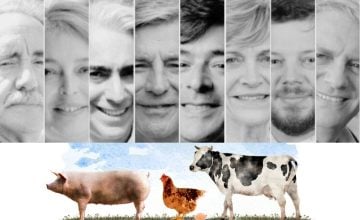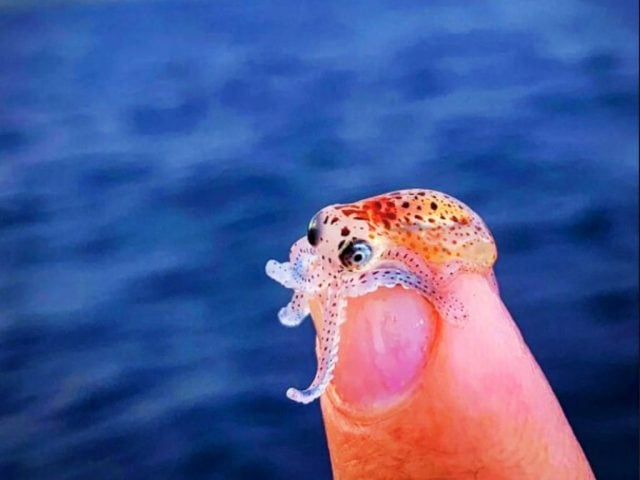Original article: El primer índice de dolor en ranas: estudio chileno abre camino a nuevos estándares de bienestar animal
Stefany González, a student from Viña del Mar pursuing a Master’s in Animal Welfare and Applied Ethology at the University of Las Américas, along with Hernán Cañón, Andrea Caiozzi, and Osvaldo Cabeza, conducted the first study in Chile and globally aimed at identifying how to determine if an anuran—frogs and toads—experiences pain. Part of the fieldwork was conducted at the National Zoo in Santiago’s Metropolitan Park.
Anurans play a crucial ecological role, helping manage pests, circulating nutrients, and serving as biological indicators. Additionally, they have gained importance in biomedical research due to their physiology and the compounds found in their skin.
Despite their ecological significance, anurans are among the most threatened vertebrate groups, with around 41% of their species classified in some risk category. Hence, zoos and conservation centers increasingly demand evidence-based tools to adequately assess their quality of life.
Both welfare and pain assessment in amphibians have historically been under-researched, despite the significance of this group. While it is known that anurans experience pain and respond to analgesics, reliable indicators for evaluating this pain are still lacking. Their biology—characterized by the absence of facial expressions and behaviors that are difficult to observe—complicates the application of methods used for other vertebrates. Physiological measurements also fail to distinguish between pain and stress, often leaving diagnoses reliant on the subjective assessments of staff.
In this context, the central objective of the study was to identify and validate operational indicators of pain in adult frogs or toads under professional supervision. This involved a four-phase approach: a systematic literature review, expert validation with risk analysis, field validation at a zoo, and the development of a preliminary pain index.
The study identified and validated seven key indicators of pain in adult anurans: changes in feeding behavior, abnormal behaviors, locomotion difficulties, presence of edema, reduced movement, retained skin after molting, and alterations in respiration. These were the only indicators that exceeded the consensus threshold among experts and proved to be observable and applicable under professional care conditions.
These indicators provide a scientific basis for monitoring the welfare of these animals. Moreover, they enable timely interventions, allowing their incorporation into protocols to enhance ethical standards, conservation outcomes, and public trust, thereby paving the way for the creation of a standardized pain index.
The research also emphasizes that public perception of animal welfare hinges on evidence of appropriate treatment, even for species that tend to remain less visible to society, such as anurans. In this regard, implementing systematic protocols to assess pain not only bolsters transparency and trust in the institutions that manage them but also improves social commitment to conservation and the ethical consideration of these animals.
From the scientific community’s perspective, having a pain index facilitates comparative studies, prolonged observations, evaluation of interventions, and data collection that inform policy. In this light, the study aimed to identify and validate the truly applicable indicators through literature reviews, expert surveys, and field tests, ultimately providing an operational and useful tool for professional work in welfare and conservation.
This research marks the first systematic attempt to validate operational pain indicators in adult anurans under professional care. Its implementation could elevate current ethical standards in conservation contexts outside their natural habitats.
If integrated into institutional protocols, this preliminary index could redefine how zoos and conservation centers assess and protect one of the planet’s most threatened groups.











